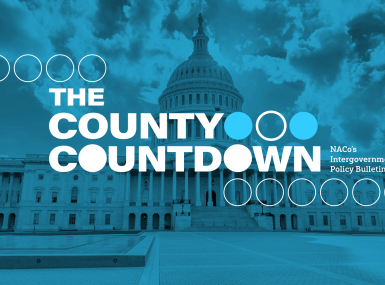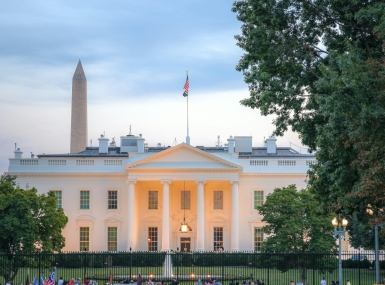Congress introduces Local 988 Response Act of 2023 to improve mental healthcare access
Author

Blaire Bryant

Naomi Freel
Upcoming Events
Related News

Key Takeaways
UPDATE: On March 21, bipartisan congressional and agency leaders announced a forthcoming notice of proposed rulemaking on geo-routing. NACo, alongside 40 other advocacy organizations, sent a letter to federal leaders advocating for this action and look forward to next steps.
In early December, Sens. Padilla (D-Calif.) and Tillis (R-N.C.)introduced the Local 9-8-8 Response Act of 2023 (S. 3444). This bipartisan bill aims to enhance mental health crisis response through the 988 Suicide and Crisis Lifeline.
This legislations follows the introduction of the House of Representative’s Local 9-8-8 Response Act of 2023 (H.R. 4974), offered by Representative Tony Cárdenas (D-Calif.) in July.
What would the Local 988 Response Act accomplish?
This bipartisan, bicameral legislation proposes routing calls based on the caller's geographical proximity rather than using the caller’s area code, ensuring a quicker response from mental health professionals. By connect callers directly to the nearest call center, the Local 9-8-8 Response Act seeks to prioritizing prompt and secure care while protecting user privacy.
The passage of the legislation would improve the timeliness and accessibility of 988 response by:
- Mandating FCC routing of calls based on the caller’s proximity to the call center without revealing the caller’s exact location.
- Requiring all call phone providers to allows calls and texts to 988 regardless of whether the caller’s plan is inactive or if the carrier is experiencing service disruptions or failures. This would mirror current requirements for calls to 911.
- Direct all multi-line systems, such as those in office buildings or hotels, to support direct-dial to 988 without first dialing out of the system.
Importance to Counties
Counties across the country play a key role in developing a behavioral health continuum of care to support community members living with a mental health or substance use disorder or experiencing a suicidal, mental health or substance use crisis. As one element of the continuum, counties may operate a crisis hotline or “warmline” for people to call during times of distress. By changing the way 988 calls are routed, counties will:
- Play a key role in improving mental health outcomes for residents by increasing access to 988 suicide and crisis services.
- Be able to more efficiently and effectively manage their 9-8-8 call centers by reducing the need to redirect calls and by ensuring that individuals in need of services are connected to the appropriate center more immediately.
NACo’s Commission on Mental Health and Well-being is committed to this issue. Late last year, they submitted a letter to Congress on their mental health priorities, urging Congress to pass legislation ensuring the 988 calls are routed to the nearest call center, rather than the center in the caller’s area code.
Resource
Toolkit for Counties: 988 Suicide & Crisis Lifeline

Related News

County Countdown – Dec. 15, 2025
Every other week, NACo's County Countdown reviews top federal policy advocacy items with an eye towards counties and the intergovernmental partnership.

White House signs Executive Order on state AI lawmaking
President Trump signed an Executive Order (EO) aimed at mobilizing federal agencies to challenge existing state laws on artificial intelligence.

U.S. Department of Agriculture unveils $700 million for regenerative agriculture
On December 10, U.S. Secretary of Agriculture Brooke Rollins announced the launch of a $700 million pilot program to support regenerative agriculture practices across the country.